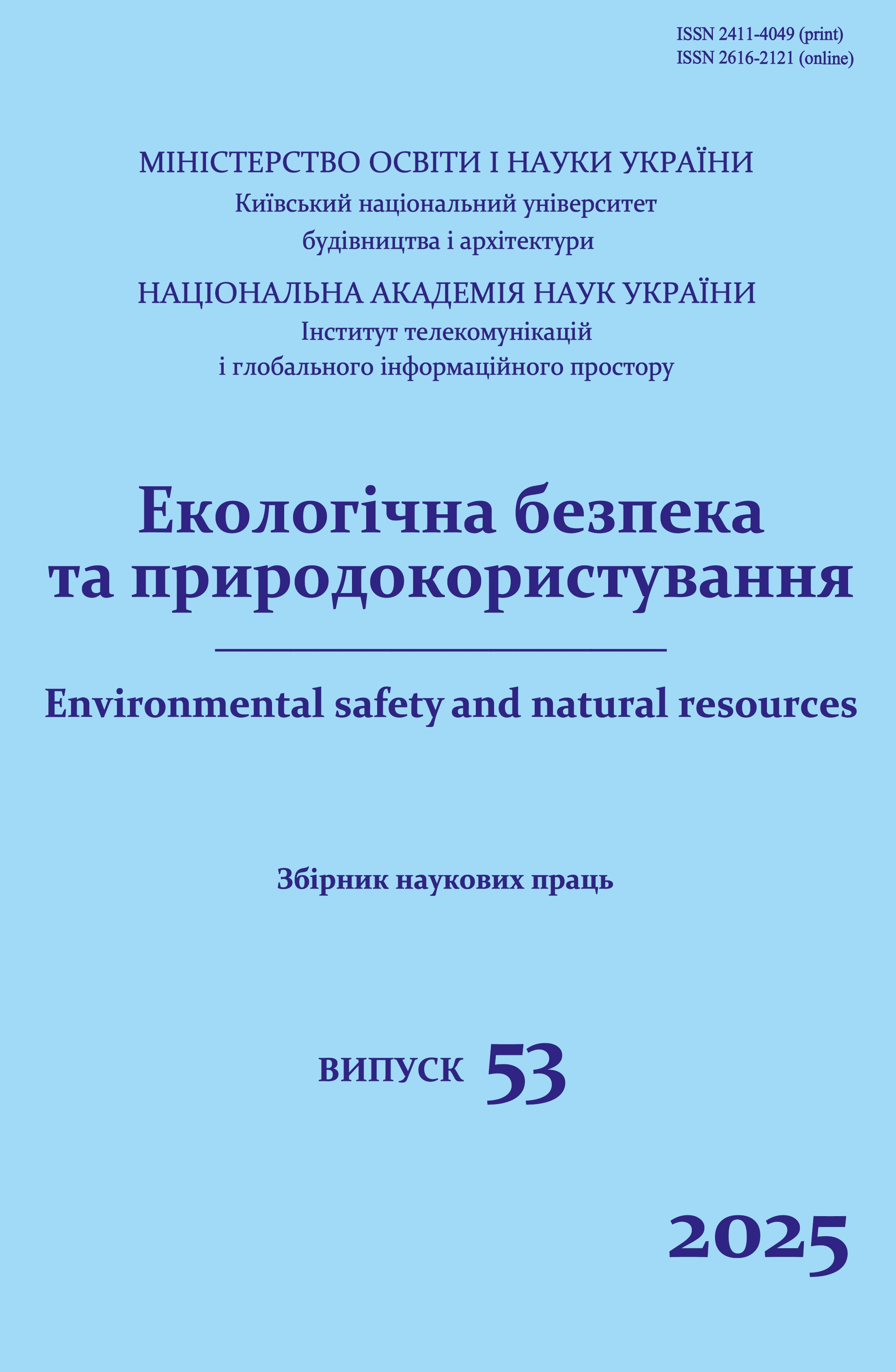Implementation of neural network based 2D seismic images super resolution approach
DOI:
https://doi.org/10.32347/2411-4049.2025.1.139-145Keywords:
machine learning model, neural network, seismics, 2D U-net architecture, loss functionAbstract
In the modern geological exploration process, involvement of seismic interpretation data has long become an everyday norm. The quality of field data and the migration procedure plays a key role in determining the geological structure of the area and the distribution of reservoirs. As an example of seismic survey materials post-processing, a mathematical model of machine learning based on a neural network based on U-net architecture was developed and programmatically implemented to increase the resolution and decrease noise value for 2D images based on a synthetic set of training data. The structure of the model was described, and an algorithm was built for preparing migrated seismic data in the standard SEGY format for processing with the help of the model and reverse conversion into the input format.
References
M. Hauzan Nabhan (2024). Analysis of Geological Structure based on 3D Virtual Outcrop Model and Physical Properties of Rocks in Wringinanom District, Gresik Regency. IOP Conference Series Earth and Environmental Science, 1307(1):01, 2024. https://doi.org/10.1088/1755-1315/1307/1/012024
Nascimento, A. et al. (2023). Well-velocity variogram sensibility analysis when building geologically constrained velocity models for onshore seismic data. Conference: 18th International Congress of the Brazilian Geophysical Society, 2023. https://www.researchgate.net/publication/374582482_Well-velocity_variogram_sensibility_analysis_when_building_geologically_constrained_velocity_models_for_onshore_seismic_data#full-text
Zhang, Y.-G., Wang, Y., and Yin, J.-J. (2010). Single point high density seismicdata processing analysis and initial evaluation. Shiyou Diqiu Wuli Kantan (Oil Geophys. Prospecting), 45 (2), 201–207. https://www.researchgate.net/publication/289786249_Single_point_high_density_seismic_data_processing_analysis_and_initial_evaluation
Xiao, F.et al. (2014). High-density 3D point receiver seismic acquisition andprocessing – a case study from the Sichuan Basin, China. First Break, 32 (1), 2014. https://doi.org/10.3997/1365-2397.32.1.72598
Rebert, T., Sablon, R., Vidal, N., Charrier, P., and Soubaras, R. (2012). Improving pre-salt imaging with variable-depth streamer data. In Proc. SEG Tech. Program Expanded Abstr., Sep. 2012, (pp. 1–5). https://doi.org/10.1190/segam2012-1067.1
Yang, J., Zhang, Y., Yu, Y. (2021). Nested U-Net Architecture Based Image Segmentation for 3D Neuron Reconstruction. Journal of Medical Imaging and Health Informatics, 2021. https://doi.org/10.1166/jmihi.2021.3379
Wu, X., Liang, L., Shi, Y., and Fomel, S. (2019). FaultSeg3D: Using synthetic data sets to train an end-to-end convolutional neural network for 3Dseismic fault segmentation. Geophysics, 84 (3), IM35–IM45, 2019. https://doi.org/10.1190/geo2018-0646.1
Chao Dong, Chen Change Loy, Kaiming He, Xiaoou Tang (2016). Image Super-Resolution Using Deep Convolutional Networks. IEEE Transactions on Pattern Analysis and Machine Intelligence, (Volume: 38, Issue: 2, 01 February 2016). https://doi.org/10.48550/arXiv.1501.00092
Wu, X., Geng, Z., Shi, Y., Pham, N., Fomel, S., and Caumon, G. (2020). Building realistic structure models to train convolutional neural net-works for seismic structural interpretation. Geophysics, 85(4), WA27–WA39, Jul. 2020. https://doi.org/10.1190/geo2019-0375.1
Wang, Z., Simoncelli, E.P., Bowik, A. (2003). “Multi-scale structural similarity for image quality assessment. The Thrity-Seventh Asilomar Conference on Signals, Systems & Computers, 2003. https://doi.org/10.1109/ACSSC.2003.1292216
Downloads
Published
How to Cite
Issue
Section
License
Copyright (c) 2025 Oleksii Noskov, Mykyta Myrontsov

This work is licensed under a Creative Commons Attribution 4.0 International License.
The journal «Environmental safety and natural resources» works under Creative Commons Attribution 4.0 International (CC BY 4.0).
The licensing policy is compatible with the overwhelming majority of open access and archiving policies.

